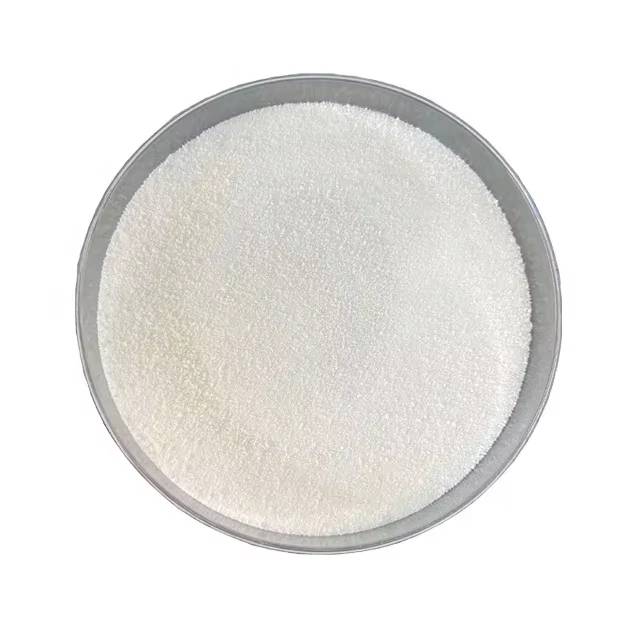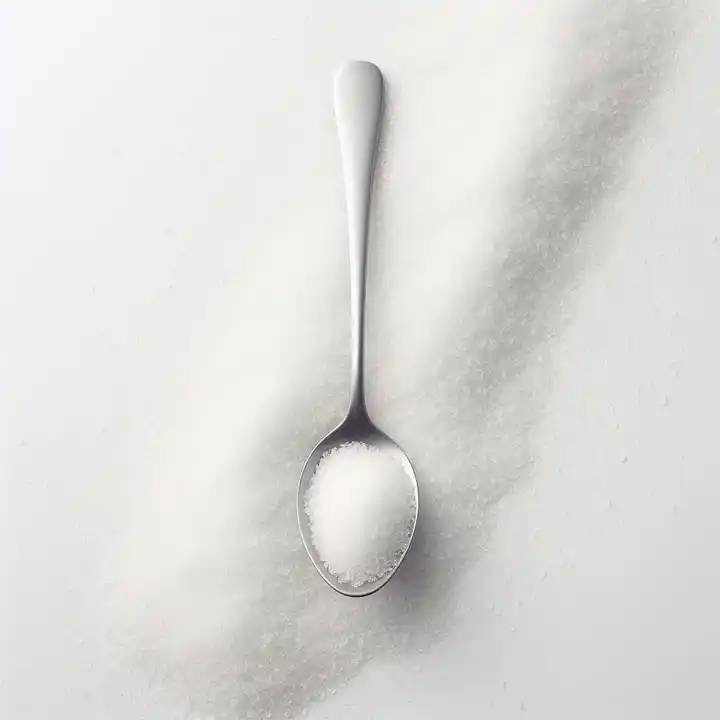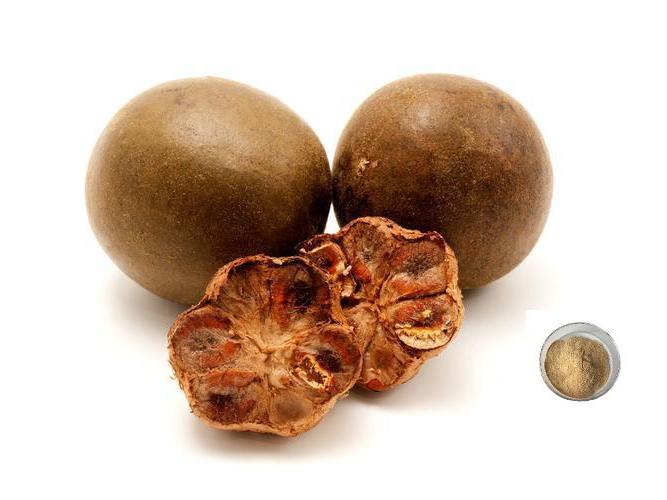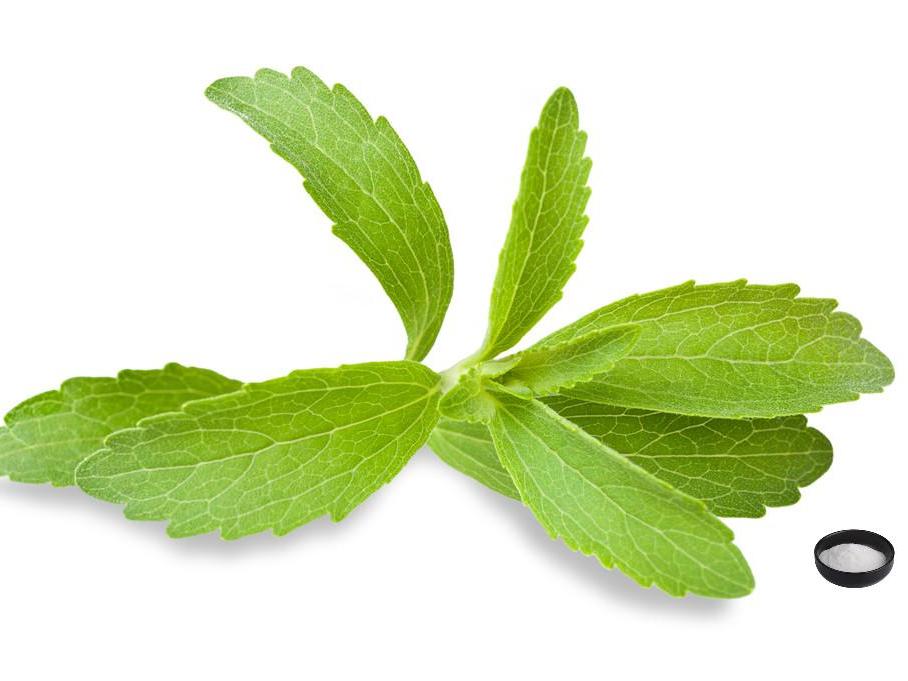D Allulose 99%
CAS nr.:551-68-8
Analyse :99%
Méthode d’essai :HPLC
Apparence: poudre cristalline blanche
Résidu de Pesticide: conforme à la norme (ce) No 396/2005
- Description Description
- Fiche technique
- Certificat de formation
-
Qu’est-ce que D D allusions?
D Allulose, also known as Allulose, is a diastereomer isolated from the antibiotic Allulose adenosine. Under normal temperature and pressure, allulose appears as a white solid powder that is easily soluble in water. Its aqueous solution is a transparent colorless liquid. D Allulose, as a natural sugar substitute, is found in small amounts in natural foods such as figs, raisins, brown sugar, kiwifruit, etc.
Le goût du D Allulose est très similaire à celui du saccharose, mais sa douceur est d’environ 70% du saccharose et ses calories sont d’environ 10% du saccharose. D Allulose ne participe pas au métabolisme humain, a une faible fermentation et utilisation des micro-organismes intestinaux, ne provoque pas d’inconfort gastro-intestinal, mais aussi dans une certaine mesure peut jouer un rôle dans la régulation de la glycémie et des lipides sanguins, aider à la perte de poids, antibactérien et anti-inflammatoire, et inhibe les effets cancéreux.
Green Springs Technology fournit D Allulose powder pour ses excellentes propriétés de substitution du sucre telles que le bon goût, la grande stabilité, la résistance à haute température et l’hypoglycémie. Non seulement il maintient la stabilité, mais il produit également la même réaction meladique que le sucre normal, en produisant des produits de boulangerie à faible teneur en sucre avec un goût, une humidité et une couleur parfaits de caramel, eten prolongeant la durée de conservation des produits de boulangerie en raison de la rétention d’eau, le maintien de l’humidité et la dureté stable. Allulose a un avantage dans l’industrie de la boulangerie qui est difficile à compenser par d’autres substituts du sucre.
Fondée en 2000, Green Spring Technology s’engage à fournir à ses clients des extraits de plantes naturels, sûrs et biologiques. Nous avons un processus de contrôle de qualité interne rigoureux et organisons la production conformément aux normes de qualité ISO, HACCP et autres pour nous assurer que les normes de qualité sont respectées. Green Spring a obtenu Halal, casher, COSMOS, BRC, IFS, FDA, ISO9001, ISO22000 et de nombreuses autres certifications. Nous pouvons fournir des rapports des essais faisant autorité de tiers.
Spécification:
Nom du produit
D Allulose
CAS non.
551-68-8
analyse
99% de la population
Méthode d’essai
HPLC/HPLC
apparence
Poudre cristalline blanche
Résidus de pesticides
Conforme à la norme (ce) n ° 396/2005
Règlement:
Il est conforme à la réglementation de l’ue.
Vous cherchez un devis?Benefits:
High Sweetness, Low Calorie
The sweetness of D Allulose is about 70% of that of sucrose, but the glycaemic index (GI value) and calories are lower than that of sucrose, only 1/10 of sucrose, and the FDA specifies that D Allulose has a calorie content of 0.4kal/g. Most of the Allulose, after entering the human body, will be excreted through the urine or faeces, and after being absorbed by the intestinal tract, little metabolism will occur, and the absence of calorie provision is also its outstanding advantage.
Taste Close to Sucrose
In terms of taste, D Allulose has a soft and subtle sweetness, with a pure sweetness that is very similar to that of high-purity sucrose. The initial stimulation of the taste buds is faster than that of sucrose, and there is no undesirable taste during or after consumption. Moreover, the sweetness does not vary with temperature and exhibits pure sweetness at all temperatures.
Hypoglycaemic
Several studies have demonstrated the hypoglycaemic effects of D Allulose. Male rats were fed sucrose, maltose or soluble starch, and D Allulose or D Fructose was added at the same time by one thousandth of a percent, and it was found that Allulose could inhibit the concentration of glucose in the plasma; it was found in the rat experiments that Allulose would be absorbed into the bloodstream through the small intestine after oral administration, and then discharged from the kidneys, which would not cause fluctuation of blood glucose, and it could also inhibit the activity of α-glucosidase.
Contributes to Anti-Diabetes
OLETF rat experiments conducted by Hossain et al. showed effective control of postprandial blood glucose, body weight and adiposity in the D Allulose group, and immunohistochemistry results indicated that alloxydose induced hepatic glucokinase expression, which resulted in increased hepatic glycogen synthesis. Further studies found that alloxydose slowed down the fibrosis of beta pancreatic islet cells. Extending the experimental period to 60 weeks, it was found that the anti-type 2 diabetic effect of D Allulose was mainly achieved by maintaining blood glucose levels, reducing weight gain, controlling postprandial blood glucose, reducing inflammatory responses, and lowering glycated haemoglobin levels.
Lipid Lowering
Many studies have confirmed that D Allulose can reduce the accumulation of fat in the human body, thus reducing the complications caused by obesity. D Allulose enhances energy metabolism and promotes postprandial fat oxidation in the human body; D Allulose significantly induces the release of glucagon-like peptide-1 receptor and activates vagal afferent signals to reduce food intake, thus controlling a healthy body weight.
Applications:
In the Food Field:
To date, a number of countries around the world have authorised D Allulose as a food usable ingredient, including Japan, Mexico, Singapore, South Korea and the United States. In addition, Allulose has received GRAS safety certification from FEMA and can be used as an edible flavour in beverages and dairy products for flavour and texture modification. The approval of regulations has contributed to its popularity in the global market, and at present, Allulose is mainly used in products such as prepared milks, flavoured fermented milks, pastries, tea drinks and jellies.
For Healthcare Products:
D Allulose lowers blood sugar. Since most of the Allulose is absorbed in the small intestine and excreted from the body through urine, it is not involved in human metabolism, so it is extremely low in calories. At the same time, research has shown that Allulose also has a variety of health care functions, the most significant effect is that Allulose through the enhancement of energy metabolism, to promote the body's postprandial fat oxidation, hypoglycaemic blood sugar and lipid effects, as well as to improve the sensitivity of insulin and glucose tolerance. It is friendly to patients with obesity, diabetes, hypertension and hyperlipidaemia and other diseases related to excessive weight gain, as well as fitness enthusiasts.
-
Télécharger le document
D Allulose 99% COA
-
Télécharger le document
Cosmos 2023
Télécharger le documentHalal 2023
Télécharger le documentCasher 2023


 Anglais
Anglais français
français espagnol
espagnol russe
russe coréen
coréen japonais
japonais












